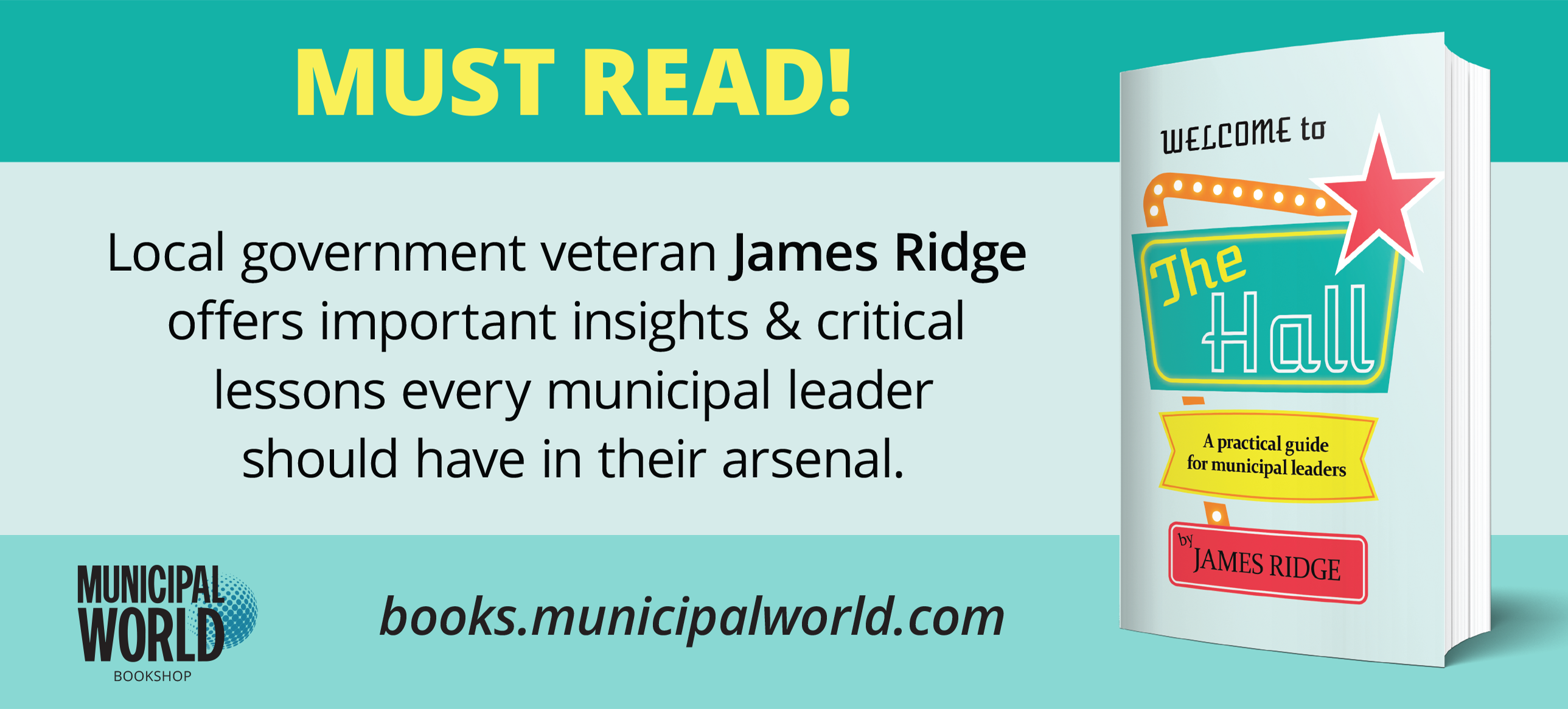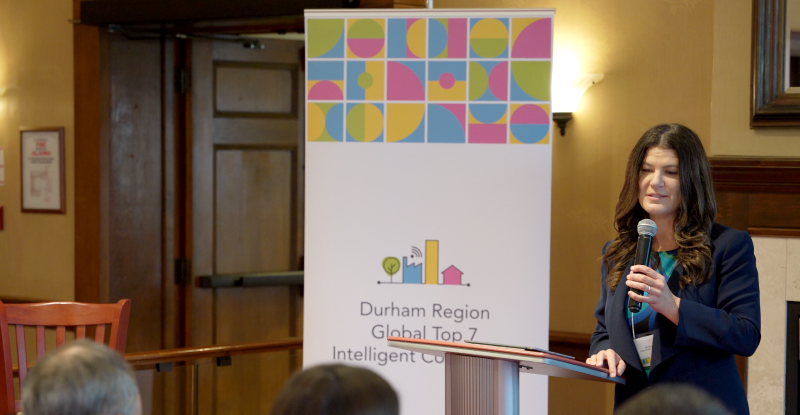Budgets must drive community well-being

People can be accused of making things too simplistic. Sometimes people say “there is more to it than that” or “you just don’t know everything going on here.” While all this is true, one could also respond back with a question: “Are we unintentionally making things more difficult than they need to be?”
Or, for the purposes of this article, very simply: “What is in the best interests of the long-term well-being of our community?”
Put Community Well-Being First
There are many great people in finance. They often suggest that the budget needs to be two things: balanced and meet the auditors’ expectations. “We need an unqualified opinion from them.”
Both true. Both important. But, if we stop here – and some do – we are not demonstrating what feels like the fundamental reason all public servants should be doing what they do: serving the community through the provision of programs and services that support their long-term well-being.
At a recent strategic planning session in Alberta, a councillor suggested the following: “Whenever I face a difficult decision in a council meeting, I find myself asking what decision would be in the best interests of the community.”
This question is not heard often enough. Not to oversimplify things, but one should jump on this councillor’s suggestion to enthusiastically support them and set the tone for the rest of council – and, for that matter, administration. This question can serve as a compass for all decisions. It can serve as that discipline leadership needs to make tough choices, those trade-offs we so often hear mentioned at budget times.
A strategic planning framework, for example, often starts with a genuine engagement with the community to learn their long-term well-being aspirations. Too many times this not done well – if at all – or only done once every election cycle. As an entity who is tasked with supporting the long-term well-being aspirations of the community, we best figure out what those are and be habitual about it. It is that important.
Determine Well-Being Aspirations
Once we have a good sense of what the community believes they need, from the perspective of long-term well-being, it is up to us to do a deep dive into what we are currently doing to support this. We must resist the urge to dive into our budgets immediately. The deep dive is looking at the programs, services, projects, and infrastructure devoted to current state.
We must test their relevancy toward achieving those long-term well-being desires of the community. We must allow for the possibility of required adjustments to our offerings as they exist today. This article is not about priority-based budgeting (PBB) exactly, but it would be a big miss if it were not mentioned as a powerful tool to have these types of conversations and actually score those items mentioned.
After having decided what it is we feel best drives the community’s long-term well-being aspirations, from a value and relevancy perspective, we can figure out what resources are needed to support these and how much that will cost. It is inevitable that we look at numbers and costs. It is very legitimate that we have constraints around what it is we can do. Many like the term “guardrails” when describing the appetite for supporting a budget – from both administration and elected officials. But, once again, determining our trade-offs needs to be done by asking a slightly different version of the question the councillor asked earlier. Perhaps we should simply ask: “Does supporting this maximize the value in driving our community’s long-term well-being aspirations?”
If we can develop a habit of doing this, whether in the council chambers, in a senior leadership team meeting, or around the tailgate on the worksite, this question starts building alignment at every level of municipal governance. Council members can challenge each other at meetings when pet projects creep their way into the proceedings, or when a recent interaction with an angry citizen or a letter to the editor distracts council from overall community well-being. Administration can have meetings that consistently challenge municipal professionals to wear the citizen hat in their decision making. Collectively, with all our resources, regardless of which department they are in, we must ask what we should be doing to create those conditions for our community to achieve its long-term well-being goals.
Well-Being Budgeting
Dictionary.com defines well-being as “a good or satisfactory condition of existence; a state characterized by health, happiness, and prosperity; welfare.” Given this definition, it is easy to see where there are links to what we do as municipal government. We have roles to play in people’s health, can influence their happiness, and have been participants in setting up conditions for their prosperity and welfare.
Now we must apply those concepts of “guardrails” and trade-offs that exist in budgeting processes to our thinking. Let us say we are looking at our recreation department. This is likely the area that many relate back to the health aspects of well-being. Health has also been intricately linked to returns in happiness and, by extension, there are many studies that show people’s prosperity can be directly correlated with their happiness.
So, let us say we have heard that the community places a lot of value in the ability to exercise. It is incumbent upon us to look at what we are currently offering to supply those exercise options to the community. Although not exhaustive, the list could include things like a pool, a gym, racquet sports, spaces for yoga, and a trail system. Relying on user data from our recreation department, we would also need to get a sense for the demand for these over the course of the recent past and extrapolate into our near future. The reason for figuring out future demand is to aid in figuring out the value created by adding into these areas – where we would, in essence, be able to achieve our maximum wellbeing return.
Our ultimate recommendation for our budget would tend to support something that had a broad impact for a lower-cost option. For instance, although we may all agree that a new pool would see the most users impacted, the cost to do so would be prohibitive. The biggest “bang for our buck” from a perspective of maximizing value in well-being may come down to an expansion to our trails or retrofitting a tennis court into pickleball. This last example is actually happening in many communities – perhaps even yours.
Now that we have seen an example of well-being budgeting in a specific area, it may be easier to see a broader application into the whole of the offerings from municipal government. A well-being lens should be applied corporately. For example, after using the principles described above, we may find that for our community, at this point in time (perhaps post COVID or with the financial challenges of today), we can maximize our returns in well-being by focusing on our social services areas versus expanding more niche offerings in that same recreation area.
As mentioned early on, people can be accused of over simplifying things. Own it and acknowledge it. However, continue to champion the idea that a consistent lens from which we can look at our budgets and the processes around building budgets maximizes the returns for the community’s well-being. MW
✯ Municipal World Insider and Executive Members: You might also be interested in Kelly’s other article: “Sorry … we don’t have the budget for that.”
Kelly Rudyk is the Founder of It’s Logical Strategic Planning Services.
Related resource materials:



